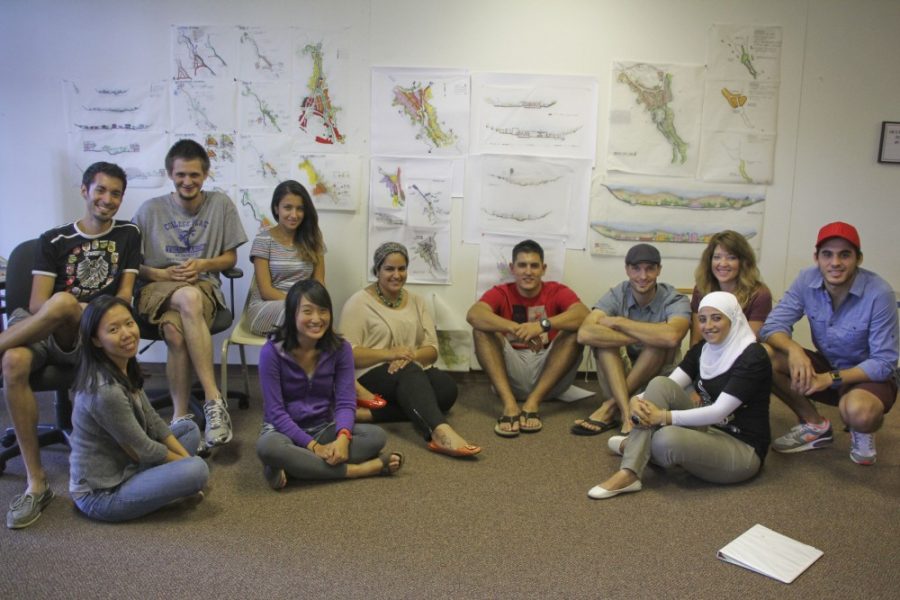While many college students complete hands-on work experience within the Tucson community, a dozen architecture students traveled to the Middle East to aid in an urban revitalization project.
Students in the international studio class in the College of Architecture and Landscape Architecture traveled to Muscat, Oman for two-and-a-half weeks to develop different concepts for revitalizing areas, which will be presented to Muscat Mayor Sultan Bin Hamdoon Al Harthi.
In 12 days worth of work, the students generated five different concepts on how to revitalize a dense multicultural neighborhood in Muscat, said Mark Frederickson, an associate professor of landscape architecture.
The mayor then chose the best elements in each proposed concept, which will be used in one final concept to be presented again, Frederickson added.
In the upcoming eight weeks, the students will be working on putting together a 200-page monograph book describing the revitalization master plan that includes the final research idea that will detail the mayor’s comments from each of the original five concepts. This, too, will be presented to Muscat leaders, Frederickson said.
Through this project, students begin to see the world in a more accessible way, he said.
“One thing that you begin to see, the world is not such a scary place and the commonality becomes more apparent,” he said.
These international projects will not only help prepare students in their professional careers, but also help them appreciate the cultural differences and adapt to the environmental context of the country, he added.
“There is nothing quite like working with international colleagues and forming new friendships, and that’s the personal growth,” Frederickson said. “The professional growth keeps them flexible in that they see the developmental project in a different dimensional perspective, and helps them be creative in generating alternative solutions.”
Many students who attended the trip remained open-minded about their experience, like Daniel Aros, an architecture senior. Aros said that this project was the closest he ever got to dealing with real-life issues in an economic and cultural perspective.
“This class was probably the best last step for me in my undergraduate [studies] before trying to step into the professional world,” Aros said.
For other students, this was their first project that involved a cross-cultural element.
Levi Van Buggenum, an architecture senior, said in addition to the project being more complex, he learned how to take difficult issues and break them down into small chunks to work with.
Yet, in addition to learning more about architecture, Buggenum said he felt more educated and well-rounded about the cultural and social issues different countries face.
“You can definitely see dramatic differences between the culture there and the culture here,” he said.
According to Frederickson, students returned with an intangible graciousness, and learned the importance of family and developmental issues that they saw around the world.
“This is our way of giving them confidence to go out and play with the big kids,” Frederickson said.









